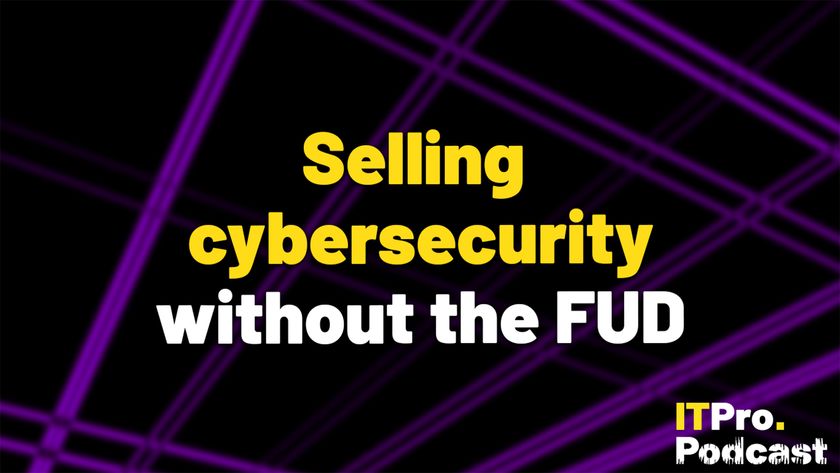Facebook, LinkedIn and Twitter: Social networking ultimate guide
Part one of our guide looks at the benefits of social networking for businesses and employees alike.
Social media is simply just another way to talk. Business is about relationships, and relationships are built on conversations. From letters, to phone, to fax, to emails, Blackberries, tablets business best practice hasn't changed, just the platforms.
Go where the customers are
Linda Cheung, chief executive and co-founder of software development company Cube Social, believes organisations have to start by finding out where their clients and contacts spend their time on social networking sites, how they are using those platforms and what they are already talking about. It's about tapping into their psyche.
"Businesses often think to start on Facebook because it's the largest social network, but if your clients and contacts don't want to speak [using that platform], how do you build up engagement between business and customer," she says.
Cheung adds that organisations have to think old rules, new tools'. "Social media is simply just another way to talk. Business is about relationships, and relationships are built on conversations. From letters, to phone, to fax, to emails, Blackberries, tablets business best practice hasn't changed, just the platforms," she adds.
Creating a social networking strategy should start with objective, clear and realistic key performance indicators. Strategy and tactics are also important too. Organisations need to think about how the brand will look online and the channels they are going to target. Also key is the running of communities built up online and the content selected to push out to customers at all stages of their purchase decision-making.
Any business-focused social media strategy needs to think beyond hitting the usual social networks and allow the organisation to become more social. It sounds like common sense, but it's importance can't be underestimated, according to Peter Silgrist, managing director of PR firm 33 Digital.
"Social media is better thought of as a set of behaviours characterised by sharing, commenting and responding publicly, and enabled by standards and computer code," he says.
Get the ITPro. daily newsletter
Sign up today and you will receive a free copy of our Focus Report 2025 - the leading guidance on AI, cybersecurity and other IT challenges as per 700+ senior executives
"You can harness social media's potential by changing the way people using your website or mobile app behave."
Silgrist says that doesn't necessarily mean Facebook or Twitter need to be involved, although he agrees they are quite likely to be the best places to encourage people to share and comment on your product, company or campaign.
"Increasingly, social media enables the emergence of niches, and some of those will become networks in their own right," he says. "Perhaps we're already at the point where companies and brands need to be thinking about making their own online home more social, and think less about joining Facebook or Twitter."
The key here is to "fish where the fish are," according to Planet Content's Lee.
"If your target audience is Generation Y and your brand is consumer-focussed then, yes, Facebook is a must," says Lee. "It depends what your objective is. If you have a product that requires explanation then video is proven to improve sales and reduce calls to the contact centre via tutorials etc. on YouTube and Vimeo and the like. I'd say the only absolute must for business- or consumer-facing brands is Twitter, due to its instant nature."
Gartner's Cheung says that social networking, when used in collaboration with events the business already runs, provide a wider range of benefits.
"In the B2B world, businesses often run events, workshops and so on to demonstrate their expertise. The most appropriate place to build conversation and attendance ahead of events is the virtual cocktail party of Twitter," says Cheung.
"After the prospecting has been successful, and attendees have developed into clients that are invited to charity events, summer parties then the conversation may move to the virtual house party of Facebook."
Lee concurs with this line of thought. Social networking should never be looked at in isolation, he stresses.
"It should never be siloed. Brands should look at digital marketing in the round," he says. "That means: PR, content, user experience, SEO, social media, measurement and analytics, community management, customer service and eCommerce. Look at the back end data (Google Analytics, Omniture etc.) and see what's working and where you could improve."
Four ways to maximise your social networking strategy
Focus Find which platforms your customers use and target them.
Socialise It's not just about what new products you are launching; it's about engaging the customer with compelling content.
Respond The social networking presence your organisation has is an invitation for customers to talk to you, don't ignore them. Build a rapport and keep it going.
Adapt Social networking is still maturing, so you need to watch and measure responses and activity then adapt and evolve change your strategies and approach correspondingly.
Rene Millman is a freelance writer and broadcaster who covers cybersecurity, AI, IoT, and the cloud. He also works as a contributing analyst at GigaOm and has previously worked as an analyst for Gartner covering the infrastructure market. He has made numerous television appearances to give his views and expertise on technology trends and companies that affect and shape our lives. You can follow Rene Millman on Twitter.

How to sell cyber security without the FUD

HubSpot and Amplitude look to product-led growth with new partnership














